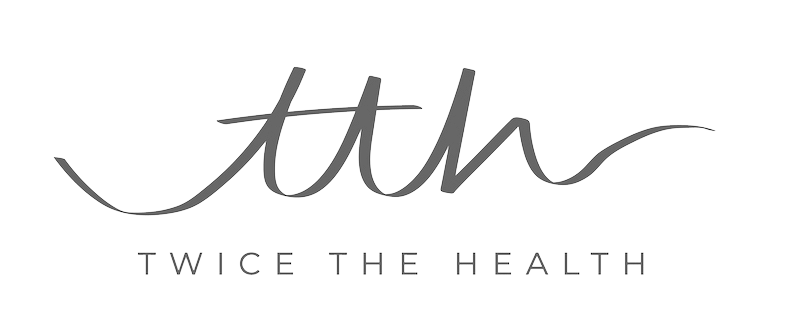There’s no beating around the bush with this one, it’s a must. When you run, ultimately you’re throwing up to 3 times* your body weight against the floor for a number of minutes or maybe even a number hours. Every time your foot strikes the ground your sending that impact right through your body, which is bad enough with 5k, never mind 42. Running is hard-hitting and recovery is without a doubt a necessary component.
So, how do you recover?

1) Sleep
This one is top in our books. The time you spend sleeping is the only time your body can fully recover. During a workout, your muscles break down on a cellular level. The higher the impact sport, the more severe this is. Sleep allows the body to repair those cells, enabling you to bounce back stronger and faster. Not enough Z3zzzz can also impact our immune function and heighten our chances of picking up a niggle or worse. This is due to the damaged cells becoming easier to destroy which puts you at higher risk of injury or illness.
Call us crazy, but you want to be aiming for a minimum 7 hours a night, especially if like us your looking towards a race or event.
(Full blog landing on the importance of sleep next week)
2) Nutrition
Otherwise known as the good grub. The phrase you are what you eat rings true here. If you fill your body with the not so good stuff it’ll be ‘not so good’ meaning recovery will be impaired. If you feed it nutritious, quality food you allow it the resources it needs to recover and repair. This covers both getting in enough and getting in the right stuff.
It’s not just about the food you eat pre and post-run. It’s not just about the calories. It’s not just about the macros. There’s so much more to the perfect formula, but whilst many try to overcomplicate the conundrum, we prefer to keep things simple.
Find out a bit more about post-run nutrition in our ‘Post-run nutrition’ blog post, or download our ‘Nutrition Ebook’. The ebook explores the importance of fuel in every element including total calorie intake, macronutrients, micronutrients, electrolytes and discusses whether carb loading is really all it’s made up to be. On top of that, you’ll find a discount to access a 1-2-1 consultation with E, to go more into depth around what you eat, and how you support the many miles you run.
3) Run easy
Recovery isn’t all sitting still and stretching. There’s a lot to be said for easy runs, that allow your body to move and keep from stiffening up, but still keep your heart rate low and stress levels down. If you’ve ever read any of the books that explore the way the Kenyans run, you’ll hear they run their long runs at 9-minute miles which is about 3-4 minute slower than their race pace. There’s a reason they are the best in the world at what they do. Think about trying to incorporate this into at least one of your weekly runs. You may be surprised how much your body thanks you!
On top of the recovery benefits, easy run days also help build endurance allowing you to add distance without the stress of speed work throughout.
4) Rolling and Stretching
It’s not painful, and it’s not pretty but foam rolling can be a real winner for the weeks you’re not seeing a physio/sports massage therapist (more coming on this), supplementing the work they do.
For those that don’t know, rolling is done with a large often ‘foam’ device which helps to ease tight muscles and release gritty points. Using a foam roller correctly, utilising your own body weight is called self-myofascial release (SMR).
Rolling can help relax tight fascia, release sticking points all whilst helping to increase blood flow and circulation to the soft tissues. On top of this, rolling has been associated with improved range of motion and flexibility.
Want to know where to begin? Check out our foam rolling basics right here.
5) Visit an expert
Yep, we know it’s not cheap, but let us tell you it’s much cheaper than an injury. Checking in with someone with magic hands is something we highly recommend when training for a big event. Whether it’s a physio or osteo you see, that depends on your needs. The difference? Well…
“Osteopaths focus on patients who are experiencing pain or injury – these could include back pain, leg pain, sports injuries or work-related strains or tensions. Physiotherapists can work on injuries but also work with general health and wellbeing, especially of those with long term illnesses such as MS or recovering from a stroke.” **
With regards to who you need to see, hopefully, that clears things up.
These experts really can work magic, and our biggest piece of advice would be visiting them before it becomes an injury. A niggle can usually be quickly ironed out or fixed with a batch of rest. Experts can advise this and often prevent weeks of unwanted rest. Since we’re in London, we’ve popped a few we recommend below but if you have any other recommendations please do pop them below…
Vanda Tyburski – Osteo
Paul Vipond – Physio @ Beyond Health
Cycy Marteau – Soft Tissue Massage Therapist @ Pure Sports
Nick Naylor – Physio for London Broncos
Just One Body – Osteos and Physios
TTH x
*https://hypertextbook.com/facts/1999/SaraBirnbaum.shtml
** https://www.globalpremeds.com/blog/2016/06/24/the-difference-band-an-osteopath/


